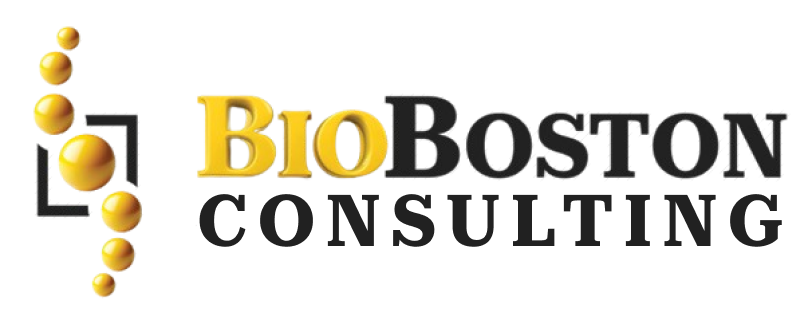Transform compliance challenges into growth opportunities for your business. Discover strategies that drive success while ensuring regulatory adherence.
Compliance with the FDA is a necessity for any life science company. Noncompliance brings them under the hammer in the form of FDA warning letters. A warning letter is an official correspondence from the U.S. Food and Drug Administration which notifies the recipients that their actions are in serious violation of regulatory requirements.
Receiving an FDA warning letter may be quite a challenging time, but one should look at such a time as an opportunity for improvement and remediation with privilege, rather than as a setback.
FDA Warning Letters
The FDA issues a warning letter when it determines that a firm is in violation of federal regulations. In general, the warning letter cites violations observed during inspections or investigations and prescribes specific measures that must be taken to achieve compliance.
Importance of a Strategic Response
Time Factor:
Responding quickly to an FDA warning letter is very crucial. Your speed shows how serious you are about the issues of compliance and how quickly you want those issues resolved.
Accuracy:
The response should be accurate and complete. Incomplete and incorrect information may lead to further regulatory action.
Commitment to Compliance:
The response should reflect that compliance and patient safety are your priorities. This is an opportunity to tell the FDA that you respect their concerns.
How to Develop an Effective Response
Constitute a Response Team
Appoint a multidisciplinary team involving regulatory affairs specialists, quality control experts, and lawyers to draft the response.
Warning Letter Review
Analyze the warning letter deeply, focusing on the concerns of the FDA. Clearly identify specific violations or areas of non-compliance.
Corrective Action Plan Development
Design a detailed corrective action plan that will satisfactorily address each violation listed in the warning letter. Steps to be followed should be elucidated in detail and timelines along with the people responsible.
Supporting Documentation
Enclose all supportive documentation reflecting your commitment to corrective action, including SOPs, quality control records, and any corrective actions taken.
Maintain Open Communication
Keep the lines of communication open with the FDA. Regular updates regarding progress can go a long way in building trust and transparency.
How Remediation Plan Is Executed
Once the FDA accepts your response and CAPA, the real work of implementing those changes to achieve compliance kicks in. The major steps involved in remediation include the following:
Corrective Action Prioritization
Begin with redressing the most critical violations. That is, risk mitigation starts with priority.
Responsibility Assignment
Clearly outline who does what and make sure the progress of each is followed closely.
Document Everything
Document all changes made, tests carried out, and results achieved in detail.
Training and Education
Train your personnel in the new procedures and processes to avoid further violations.
Monitoring and Auditing
Set up a system of ongoing monitoring and auditing to avoid recurrence of compliance issues.
Success Stories: Remediation in Action
How the effective response and remediation works could be further elaborated by considering a case study of a pharmaceutical company that received an FDA warning letter due to data integrity and documentation issues. By crafting a strategic response and remediation plan, the company not only resolved the concerns of the FDA but also enhanced its overall philosophy toward managing data, thereby assuring product quality and compliance.
Conclusion
The FDA warning letter may be a grueling experience, but it is a wonderful opportunity for growth and improvement. A strategic response and effective remediation plan from an expert team of life science consulting or biotech consulting firm can address the FDA’s concerns and enhance your company’s compliance and reputation in the life science industry.
At BioBoston Consulting, we take you through the process-from creating a comprehensive response to building and executing strong remediation strategies.
Contact BioBoston Consulting today or check out our website to find out more about how we can help your organization.

